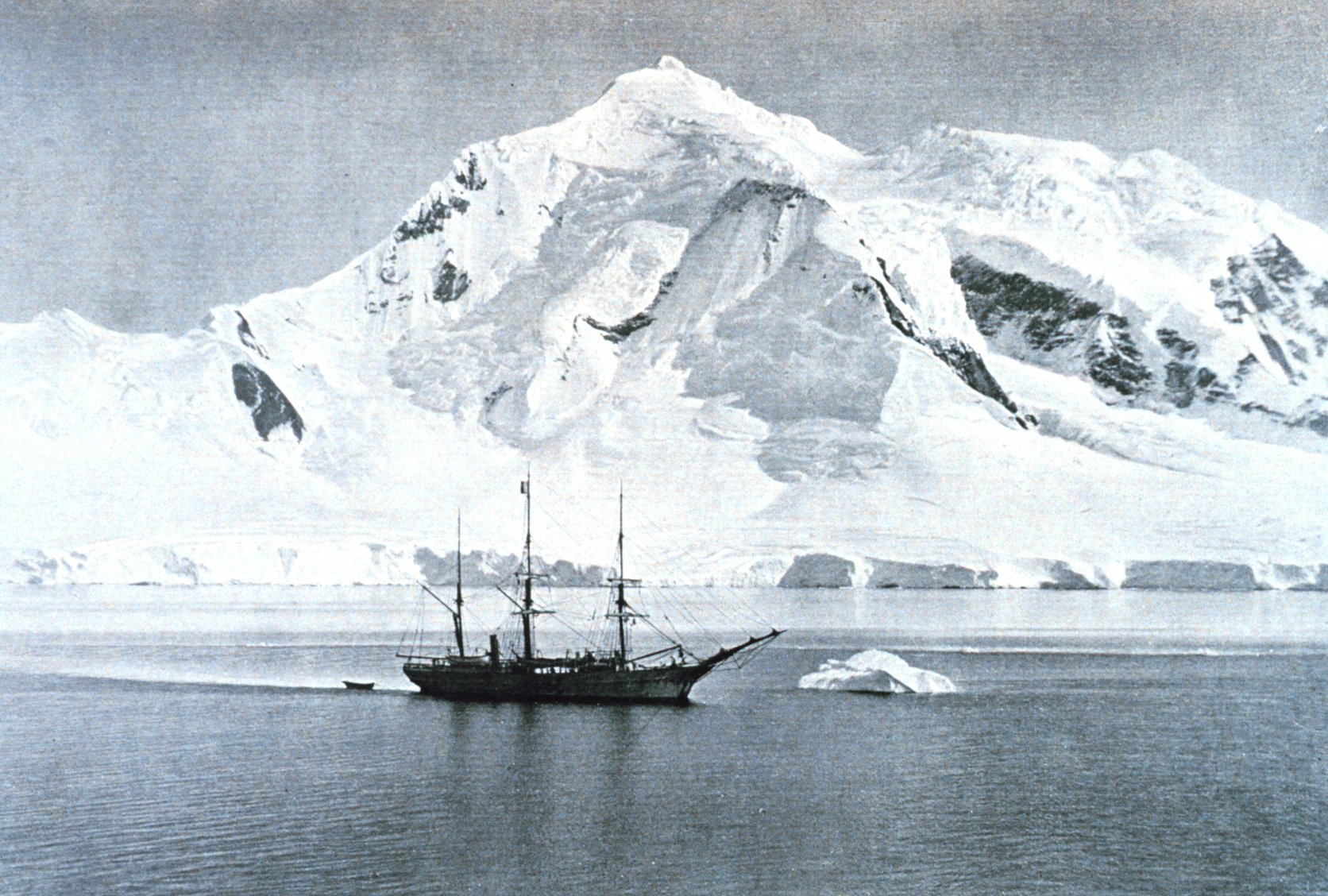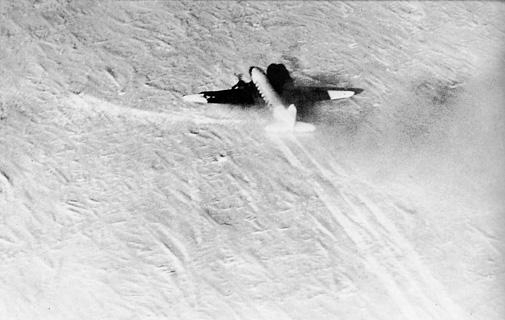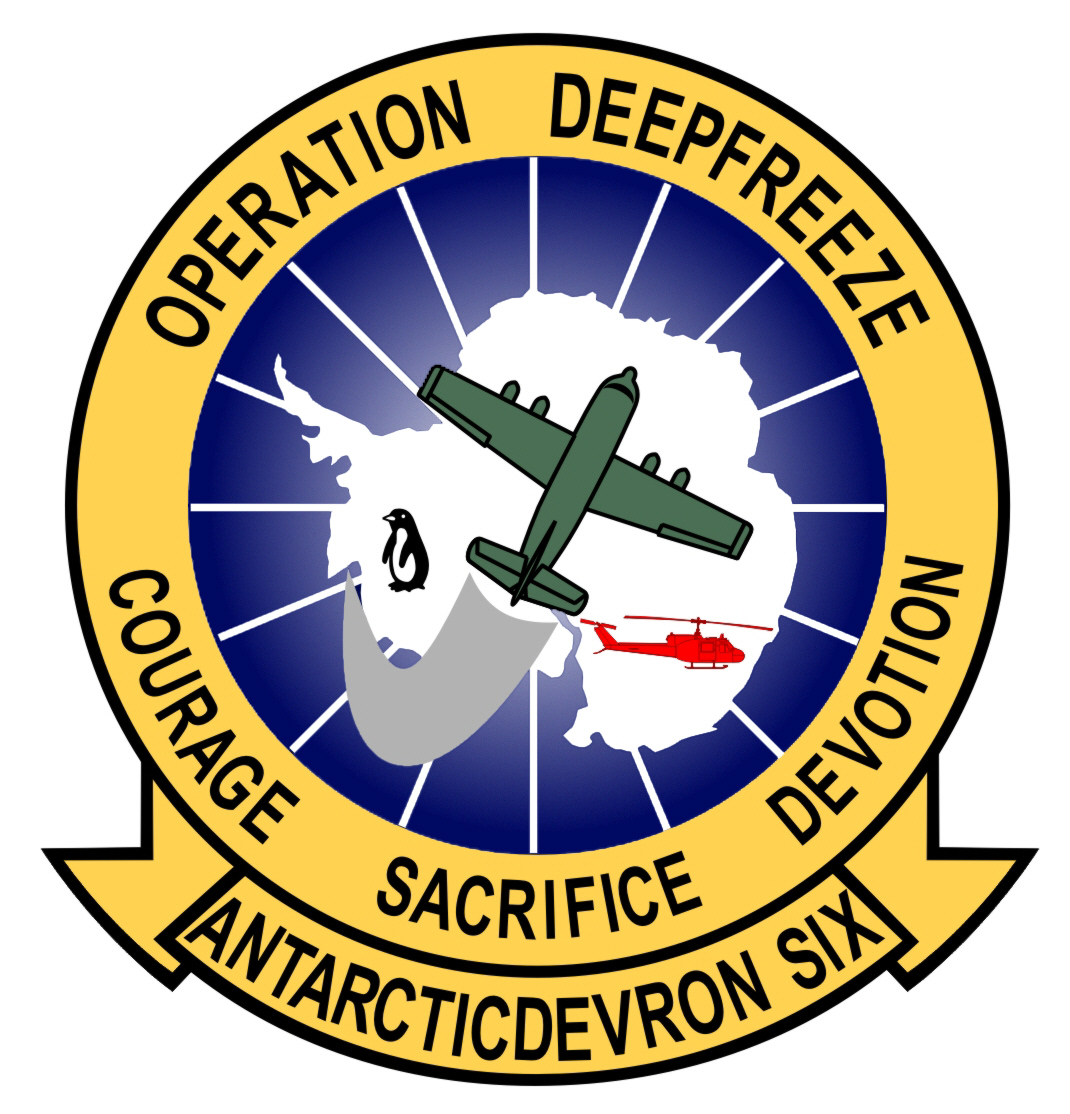|
Mount Wheat
Mount Wheat is a prominent mountain () forming the highest point in Wall Range, rising immediately north of Thunder Glacier in the center of Wiencke Island, Palmer Archipelago. Probably first observed by the Belgian Antarctic Expedition which circumnavigated Wiencke Island in 1898. Named by Advisory Committee on Antarctic Names (US-ACAN) after Lieutenant Commander Luther William Wheat, U.S. Navy, helicopter commander with Squadron VXE-6, Operation Deepfreeze, 1975–78; Aviation Projects Manager, Division of Polar Programs Polar may refer to: Geography Polar may refer to: * Geographical pole, either of two fixed points on the surface of a rotating body or planet, at 90 degrees from the equator, based on the axis around which a body rotates *Polar climate, the cli ..., National Science Foundation, 1978; member, U.S. Advisory Committee on Antarctic Names, 1979–88. Mountains of the Palmer Archipelago {{PalmerArchipelago-geo-stub ... [...More Info...] [...Related Items...] OR: [Wikipedia] [Google] [Baidu] |
Mountain
A mountain is an elevated portion of the Earth's crust, generally with steep sides that show significant exposed bedrock. Although definitions vary, a mountain may differ from a plateau in having a limited Summit (topography), summit area, and is usually higher than a hill, typically rising at least 300 metres (1,000 feet) above the surrounding land. A few mountains are Monadnock, isolated summits, but most occur in mountain ranges. Mountain formation, Mountains are formed through Tectonic plate, tectonic forces, erosion, or volcanism, which act on time scales of up to tens of millions of years. Once mountain building ceases, mountains are slowly leveled through the action of weathering, through Slump (geology), slumping and other forms of mass wasting, as well as through erosion by rivers and glaciers. High elevations on mountains produce Alpine climate, colder climates than at sea level at similar latitude. These colder climates strongly affect the Montane ecosystems, ecosys ... [...More Info...] [...Related Items...] OR: [Wikipedia] [Google] [Baidu] |
Wall Range
Wall Range is a mountain range, long in a NE-SW direction with steep wall-like cliffs and jagged peaks rising to , extending from Thunder Glacier to Channel Glacier in the center of Wiencke Island, in the Palmer Archipelago. First mapped by the Belgian Antarctic Expedition, 1897–99, under Gerlache. Surveyed in 1944 by the Falkland Islands Dependencies Survey (FIDS) and given this descriptive name. Mountain ranges of the Palmer Archipelago Wiencke Island {{PalmerArchipelago-glacier-stub ... [...More Info...] [...Related Items...] OR: [Wikipedia] [Google] [Baidu] |
Thunder Glacier (Antarctica)
Thunder Glacier () is a through glacier, 4 nautical miles (7 km) long, which extends in an east–west direction across Wiencke Island between Sierra DuFief and the Wall Range, in the Palmer Archipelago. Probably known since the discovery of Wiencke Island by the Belgian Antarctic Expedition in 1898. Charted in 1944 by the Falkland Islands Dependencies Survey (FIDS), and so named by them because a survey party was nearly overwhelmed there by an avalanche. See also * List of glaciers in the Antarctic * Glaciology Glaciology (; ) is the scientific study of glaciers, or more generally ice and natural phenomena that involve ice. Glaciology is an interdisciplinary Earth science that integrates geophysics, geology, physical geography, geomorphology, climato ... References Glaciers of the Palmer Archipelago Wiencke Island {{PalmerArchipelago-glacier-stub ... [...More Info...] [...Related Items...] OR: [Wikipedia] [Google] [Baidu] |
Wiencke Island
Wiencke Island is an island long and from wide, about in area, the southernmost of the major islands of the Palmer Archipelago, lying between Anvers Island to its north across the Neumayer Channel and the west coast of the Antarctic Peninsula to its east across the Gerlache Strait. Description The rocky island is mostly covered by glaciers, snow and ice. Some small rocky beaches lie on the western and northern sides of the island. There, some grasses, moss and lichens can be found. There are three mountain ridges, with Nemo Peak (Antarctica), Nemo Peak, high, to the north-west; Nipple Peak to the north-east; and Luigi Peak, high, to the south-west. Luigi Peak is the island's summit, despite it never having been completely surveyed. Wiencke's northernmost point is Cape Astrup, a bold, dark-colored bluff discovered by the Belgian Antarctic Expedition, 1897–99. It was named by Adrien de Gerlache for Eivind Astrup, Norway, Norwegian Arctic explorer and member of Robert ... [...More Info...] [...Related Items...] OR: [Wikipedia] [Google] [Baidu] |
Palmer Archipelago
Palmer Archipelago, also known as Antarctic Archipelago, Archipiélago Palmer, Antarktiske Arkipel or Palmer Inseln, is a group of islands off the northwestern coast of the Antarctic Peninsula. It extends from Tower Island in the north to Anvers Island in the south. It is separated by the Gerlache and Bismarck straits from the Antarctic Peninsula and Wilhelm Archipelago, respectively. Palmer Archipelago is located at . History Adrien de Gerlache, leader of the Belgian Antarctic Expedition (1897–1899), discovered the archipelago in 1898. He named it Archipelago Palmer for American Captain Nathaniel Palmer, who navigated these waters in 1820. Both Argentina and the United Kingdom The United Kingdom of Great Britain and Northern Ireland, commonly known as the United Kingdom (UK) or Britain, is a country in Europe, off the north-western coast of the continental mainland. It comprises England, Scotland, Wales and North ... have operated research stations there. Islands ... [...More Info...] [...Related Items...] OR: [Wikipedia] [Google] [Baidu] |
Belgian Antarctic Expedition
The Belgian Antarctic Expedition of 1897–1899 was the first expedition to winter in the Antarctic region. Led by Adrien de Gerlache de Gomery aboard the RV ''Belgica'', it was the first Belgian Antarctic expedition and is considered the first expedition of the Heroic Age of Antarctic Exploration. Among its members were Frederick Cook and Roald Amundsen, explorers who would later attempt the respective conquests of the North and South Poles. Preparation and surveying In 1896, after a period of intensive lobbying, Adrien Victor Joseph de Gerlache de Gomery purchased the Norwegian-built whaling ship ''Patria'', which, following an extensive refit, he renamed . Gerlache had worked together with the Geographical Society of Brussels to organize a national subscription, but was able to outfit his expedition only after the Belgian government voted in favor of two large subsidies, making it a state-supported undertaking. With a multinational crew that included Roald Amundsen from ... [...More Info...] [...Related Items...] OR: [Wikipedia] [Google] [Baidu] |
Advisory Committee On Antarctic Names
The Advisory Committee on Antarctic Names (ACAN or US-ACAN) is an advisory committee of the United States Board on Geographic Names responsible for recommending commemorative names for features in Antarctica. History The committee was established in 1943 as the Special Committee on Antarctic Names (SCAN). It became the Advisory Committee on Antarctic Names in 1947. Fred G. Alberts was Secretary of the Committee from 1949 to 1980. By 1959, a structured nomenclature was reached, allowing for further exploration, structured mapping of the region and a unique naming system. A 1990 ACAN gazeeter of Antarctica listed 16,000 names. Description The United States does not recognise territorial boundaries within Antarctica, so ACAN assigns names to features anywhere within the continent, in consultation with other national nomenclature bodies where appropriate, as defined by the Antarctic Treaty System. The research and staff support for the ACAN is provided by the United States Geologi ... [...More Info...] [...Related Items...] OR: [Wikipedia] [Google] [Baidu] |
Luther William Wheat
Luther may refer to: People * Martin Luther (1483–1546), German monk credited with initiating the Protestant Reformation * Martin Luther King Jr. (1929-1968), American minister and leader in the American civil rights movement * Luther (given name) * Luther (surname) Places * Luther (crater), a lunar crater named after astronomer Robert Luther * Luther, Indiana, an unincorporated community in the United States * Luther, Iowa, a town in Boone County, Iowa, United States * Luther, Michigan, a village in Lake County, United States * Luther, Montana, an unincorporated community in Carbon County, United States * Luther, Oklahoma, a town in Oklahoma County, Oklahoma, United States Arts, entertainment, and media Fictional characters * Luther, a character from '' The Adventures of Luther Arkwright'' limited comic book series * Luther, a gang member in ''The Warriors'' (1979) American cult film * Luther Bentley, the villain of ''Adventures of Captain Marvel'' (1941) * Luth ... [...More Info...] [...Related Items...] OR: [Wikipedia] [Google] [Baidu] |
VXE-6
Antarctic Development Squadron Six (VXE-6 or ANTARCTIC DEVRON SIX, commonly referred to by its nickname, The Puckered Penguins) was a United States Navy air test and evaluation squadron based at Naval Air Station Point Mugu, California with forward operating bases at Christchurch, New Zealand and McMurdo Station, Antarctica. Established at Naval Air Station Patuxent River, Maryland on 17 January 1955 as Air Development Squadron Six (VX-6), the squadron's mission was to conduct operations in support of Operation Deep Freeze, the operational component of the United States Antarctic Program. The squadron relocated to Naval Air Station Quonset Point, Rhode Island on 1 February 1956. On 1 January 1969 the squadron was redesignated Antarctic Development Squadron Six (VXE-6). Following the closure of NAS Quonset Point in the 1970s, the squadron relocated to NAS Point Mugu. Using the tail codes ''XD'' (1955) and ''JD'' (1957), the squadron flew numerous aircraft over the course of its e ... [...More Info...] [...Related Items...] OR: [Wikipedia] [Google] [Baidu] |
Operation Deepfreeze
Operation Deep Freeze (OpDFrz or ODF) is codename for a series of United States missions to Antarctica, beginning with "Operation Deep Freeze I" in 1955–56, followed by "Operation Deep Freeze II", "Operation Deep Freeze III", and so on. (There was an initial operation before Admiral Richard Byrd proposed 'Deep Freeze'). Given the continuing and constant US presence in Antarctica since that date, "Operation Deep Freeze" has come to be used as a general term for US operations in that continent, and in particular for the regular missions to resupply US Antarctic bases, coordinated by the United States military. Task Force 199 was involved. Prior to International Geophysical Year The U.S. Navy already had a record of earlier exploration in Antarctica. As early as 1839, Captain Charles Wilkes led the first U.S. Naval expedition into Antarctic waters. In 1929, Admiral Richard E. Byrd established a naval base at Little America I, led an expedition to explore further inland, and c ... [...More Info...] [...Related Items...] OR: [Wikipedia] [Google] [Baidu] |
Aviation Projects Manager
Aviation includes the activities surrounding mechanical flight and the aircraft industry. ''Aircraft'' includes fixed-wing and rotary-wing types, morphable wings, wing-less lifting bodies, as well as lighter-than-air craft such as hot air balloons and airships. Aviation began in the 18th century with the development of the hot air balloon, an apparatus capable of atmospheric displacement through buoyancy. Some of the most significant advancements in aviation technology came with the controlled gliding flying of Otto Lilienthal in 1896; then a large step in significance came with the construction of the first powered airplane by the Wright brothers in the early 1900s. Since that time, aviation has been technologically revolutionized by the introduction of the jet which permitted a major form of transport throughout the world. Etymology The word ''aviation'' was coined by the French writer and former naval officer Gabriel La Landelle in 1863. He derived the term fr ... [...More Info...] [...Related Items...] OR: [Wikipedia] [Google] [Baidu] |
Polar Programs
Polar may refer to: Geography Polar may refer to: * Geographical pole, either of two fixed points on the surface of a rotating body or planet, at 90 degrees from the equator, based on the axis around which a body rotates *Polar climate, the climate common in polar regions * Polar regions of Earth, locations within the polar circles, referred to as the Arctic and Antarctic Places *Polar, Wisconsin, town in Langlade County, Wisconsin, United States **Polar (community), Wisconsin, unincorporated community in Langlade County, Wisconsin, United States People * Polar (musician), Norwegian electronic music producer Arts, entertainment and media Music Labels and studios * Polar Music, a record label * Polar Studios, music studio of ABBA in Sweden Albums * ''Polar'' (album), second album by the High Water Marks * ''Polars'' (album), an album by the Dutch metal band, Textures Other uses in arts, entertainment and media * ''Polar'' (webcomic), a webcomic and series of graphic novel ... [...More Info...] [...Related Items...] OR: [Wikipedia] [Google] [Baidu] |





